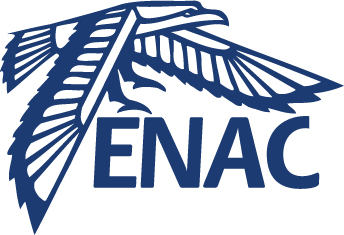Free-space optics emulator for coherent detection of satellite-ground link
Résumé
This paper presents a test bench for the emulation of a satellite-ground laser link, from the atmospheric propagation to its coherent detection. The scheme involves two projects. The EPLO project (Free-space Optical Propagation Emulator) aims at modeling and mitigating atmospheric impairments. The wave front deformation is emulated by time series with a DMD (Digital Micro-mirror Device), using Lee holographic methods and the Rytov approximation in the Kolmogorov theory. The signal then undergoes a correction in the TILBA-ATMO device, based on Cailabs’ Multi-Plane Light Conversion
(MPLC). Alongside this approach, the CALICO project (Compensation of Atmospheric losses on a laser LInk by COherent detection) proposes a reception chain built on an Optical Phase-Locked Loop (OPLL) for homodyne demodulation and tracking of high Doppler rates due to low-Earth orbits. The end-to-end communication chain is here completed by
implementing the OPLL-based receiver after the TILBA.
Previous studies have explored the constraints of speed and stability requirements of an OPLL for the desired application, with theoretical and simulation results. Combining EPLO and CALICO will however make it possible to physically assess on a single test bench the robustness of phase-shift keying modulation schemes, both addressing atmospheric disturbances and data recovery.
To achieve this coupling, both EPLO and CALICO parts need to be digitally simulated. The TILBA component is to be modeled and added to both simulations. The first results assessing the performance of the simulated OPLL are also expected, with a view to an FPGA implementation. This article presents the status of the modeling.
Domaines
Optique / photonique| Origine | Fichiers produits par l'(les) auteur(s) |
|---|
